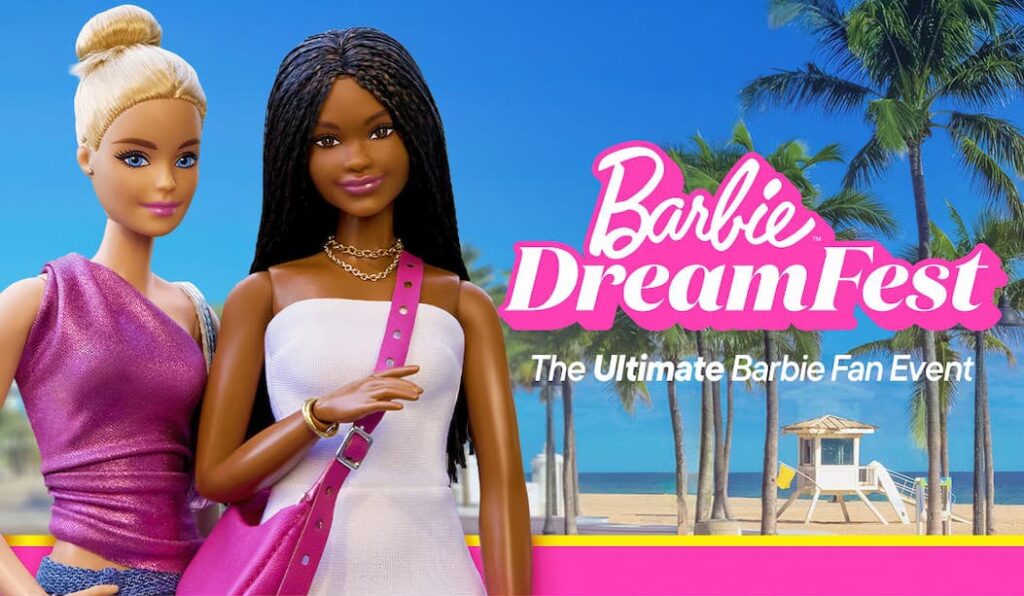Starbucks’ notion of managing customer loyalty and relationships is curiously postmodern. The signs and signifiers are all there, but they’re clapped onto the surface as decoration, proving to be devoid of real meaning.
All too typical is one encounter we had with a Starbucks java jockey, or “barista,” as the Seattle-based firm likes to call them. We ordered a coffee to go. When our request for a flat lid was ignored, we explained we left our mother at home, and since there was no one to push our stroller, sipping on the way would be difficult. We then asked for a bag. The barista opened the bag and asked, “Do you want the coffee in the bag?” We suggested it seemed silly to carry the cup and the bag separately.
Not that the corporate headquarters is any better; the java jockey’s jive starts at the top. When we called to get some routine information about Joe magazine, Starbucks’ new customer loyalty vehicle, we asked who handled the Web site (www.joemag.com). The flack said he didn’t know. We asked about data capture. The flack said he didn’t know. We asked about use of data captured, if any. The flack said he didn’t know. By that time the novelty of an honest flack had worn thin. Integrity is no substitute for knowledge.
Joe is the perfect reflection of that Keanu Reeves-like approach to reality. The stated purpose of the magazine and Web site is to revive the coffeehouse traditions of “conversation, community and culture.” Customers are supposed to find Joe “the same rich and satisfying experience…that they’ve come to expect from our coffee.”
The magazine is a custom publishing job from Time Inc. If you like People, you’ll like Joe. The magazine is sold only at Starbucks and branches of Barnes & Noble that sell Starbucks coffee. It is not available by subscription.
Creatively, the Web site is the Internet analog of “easy listening.” The graphics are VH-1 meets Gen-X, but the site is easy to navigate. Content is selected from the magazine’s columns and listings. Stuff short enough to read online can be commented on quickly via the link provided alongside each piece. The comments posted thus far are about as stimulating as the articles.
The Web site, however, does have data capture and also provides some of the print edition’s content. A survey includes questions about gender, age, income, education and the frequency Starbucks is “visited,” as well as name, address, phone number and e-mail address.
According to a second PR person, Starbucks has no plans to use the information to sell anything to anyone.
If true, it’s yet another empty gesture.



